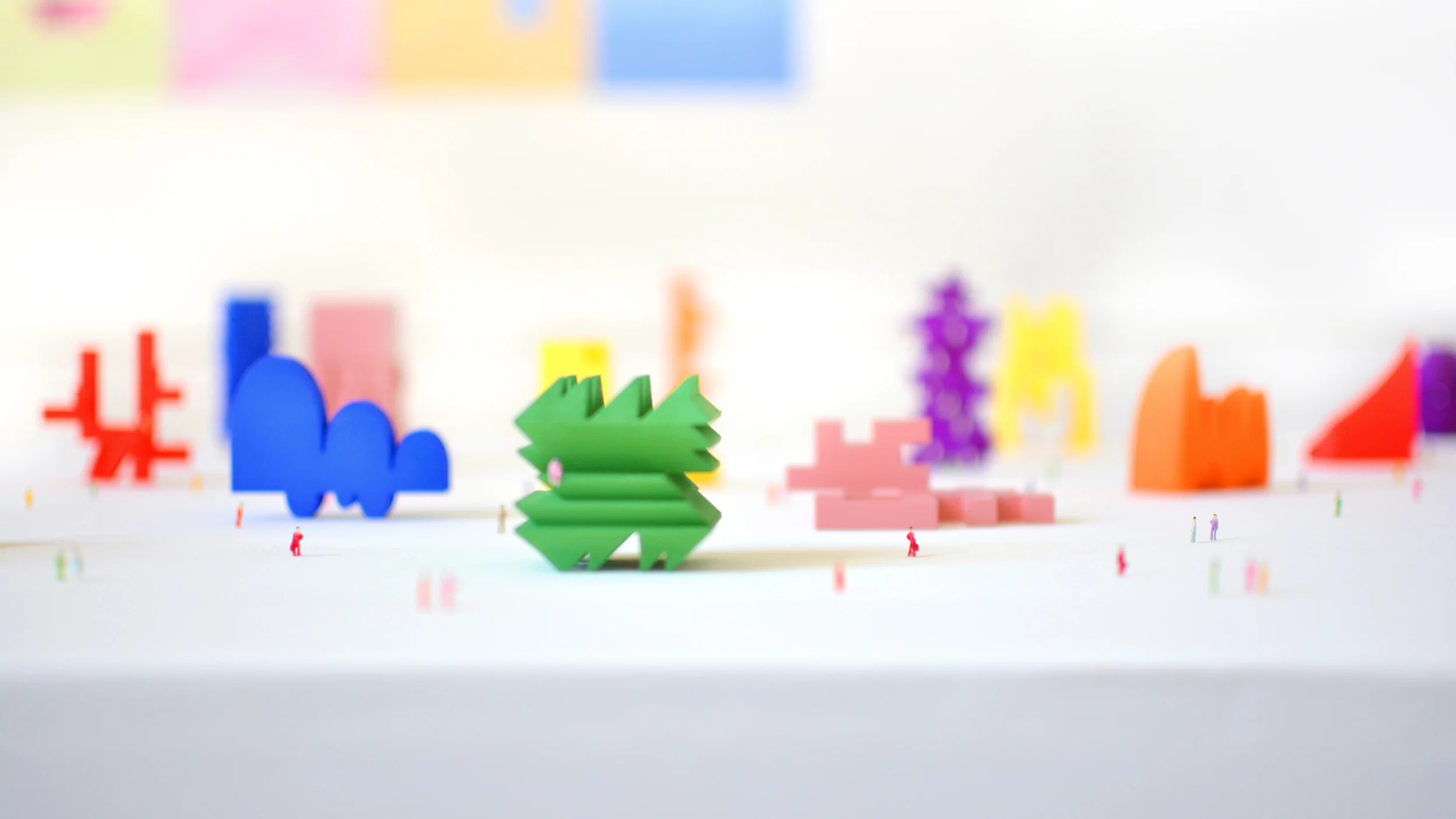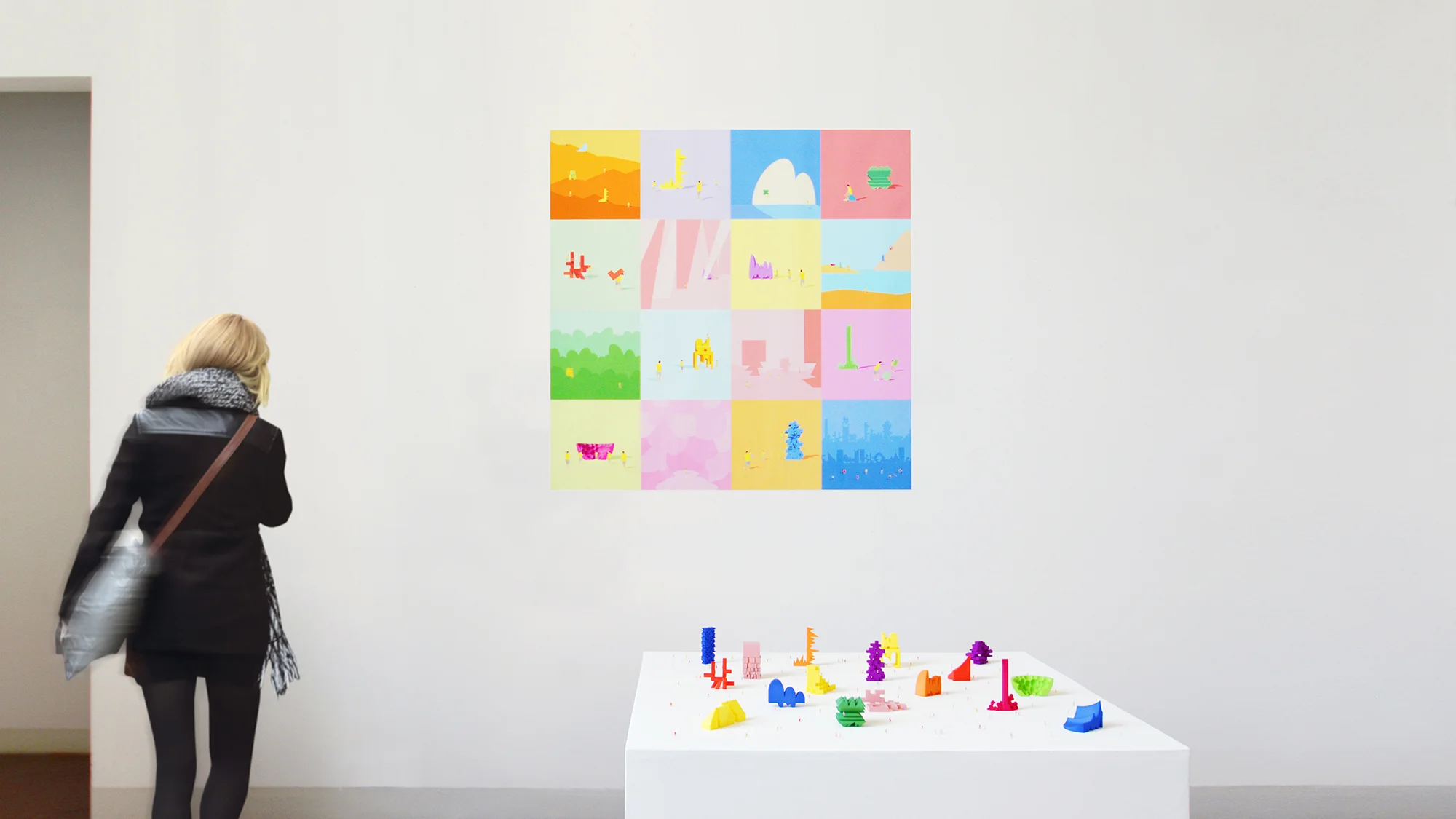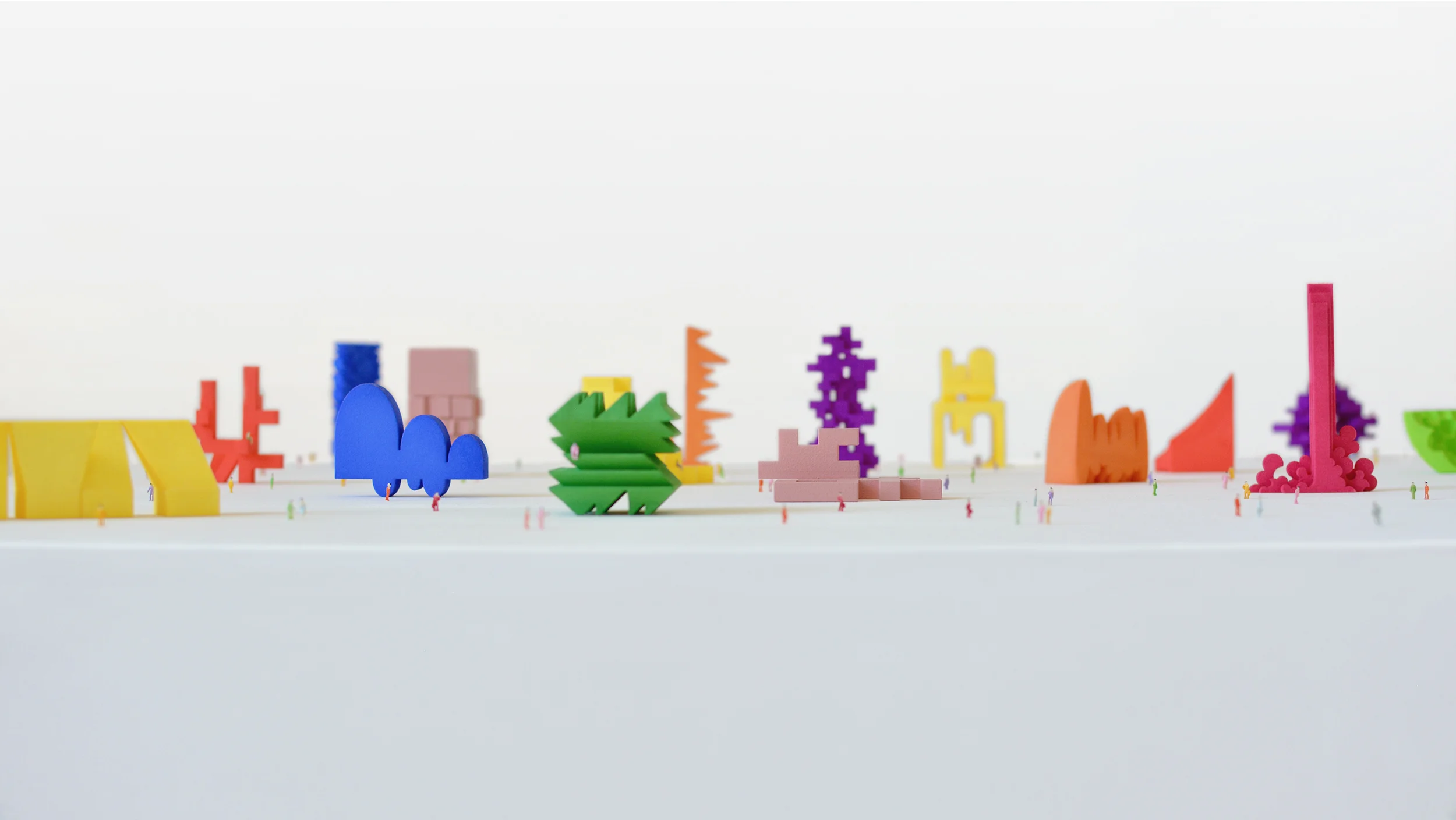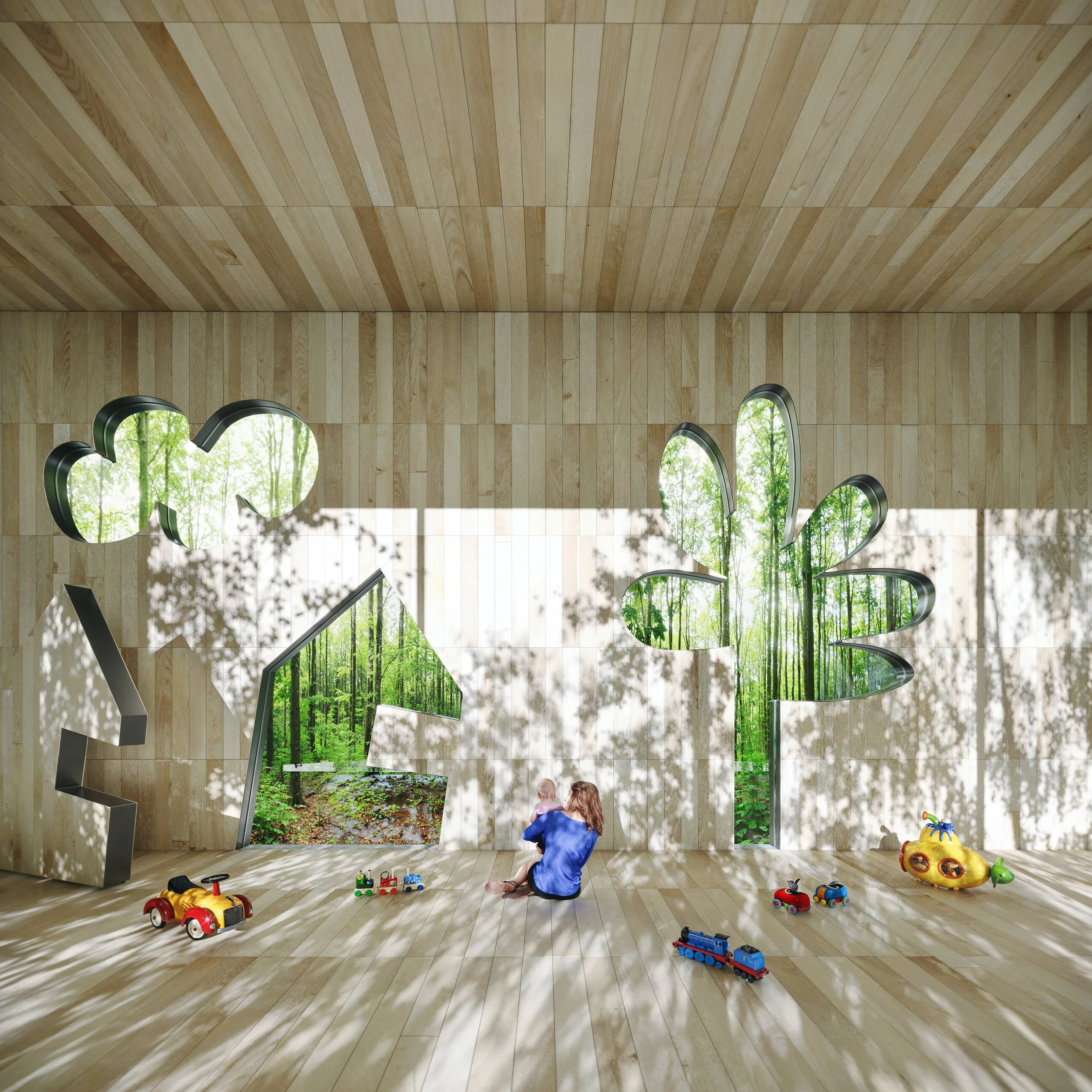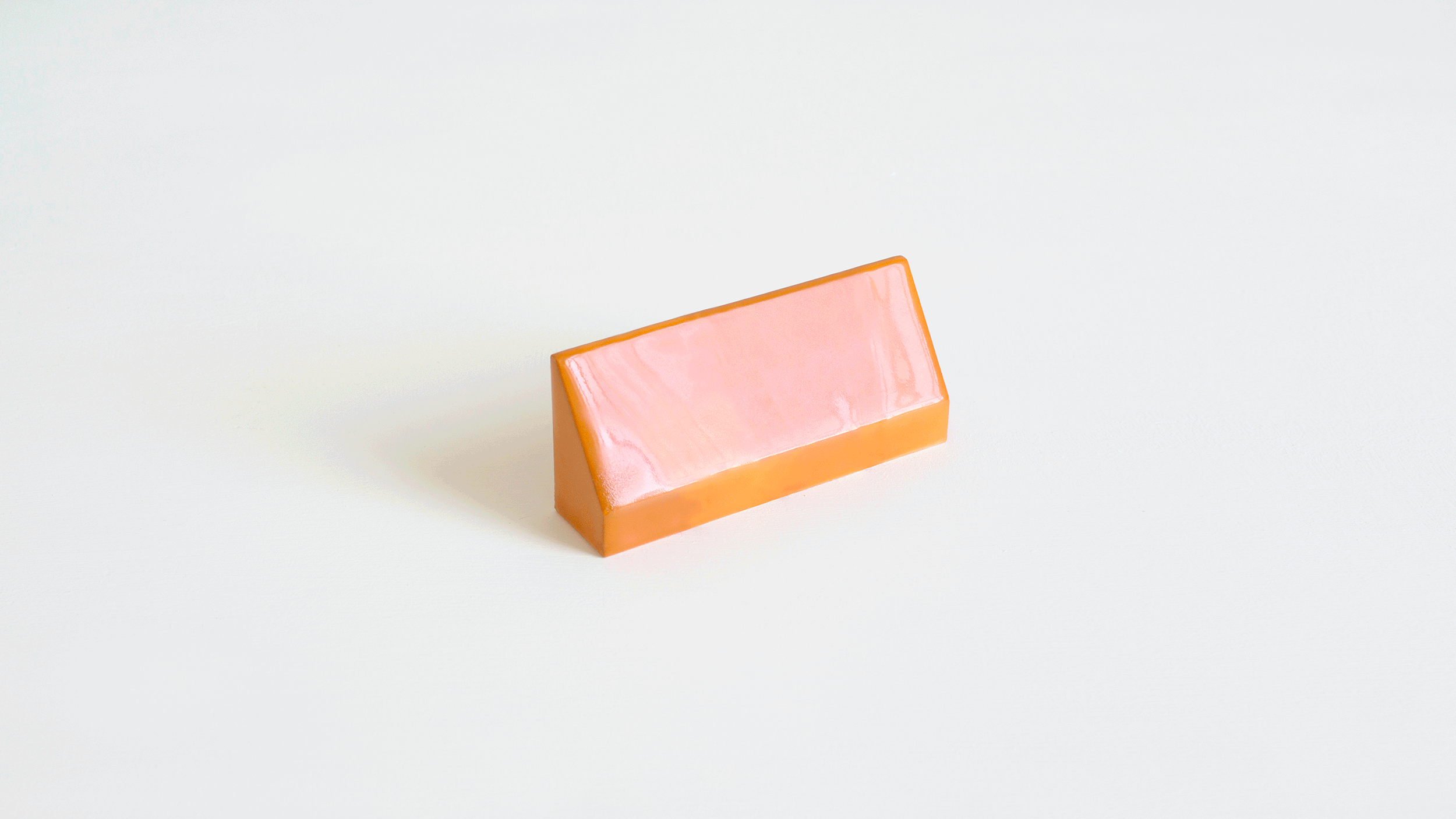I MODI
A CAPRICIOUS FRAGMENT
2016
Open Studios Show, American Academy in Rome
One of the foundation myths of architecture has been the faith its practitioners invest in its implied state of permanence. Through its imposing materiality, the finished building has often stood for wholeness, completion and perpetuity. This perceived sense of totality which accompanies the completed architectural act is, in some ways, contrary to its eventual afterlife. Exemplified in the frail relationship between the part and whole, or fragment versus entirety, the corporeal constitution of architecture resides more in the realm of transience and fragmentation, rather than in our conventional view of permanence.
The fragment is the truth about our physicality. It is the inevitable and primary state in the mortality of all objects, and yet it fails to be positioned as a positive element or conscious response in architectural expression. Its absence is based on misconceptions of completion and finality, in which the whole, the new and the orderly are considered what is normative and enduring; while the incomplete, the weathered and the non-coherent are perceived as temporary and vanishing. But the state of wholeness only exists in its entirety immediately after completion. At that precise moment, it is transformed by nature or artifice causing the fragment, however infinitesimal, to emerge. It is then the fragment that is the permanent constitution in the lifespan of all objects, while the whole is utterly ephemeral and fleeting.
The following drawings are about the possible reactions to the familiar, yet unrecognized aesthetic of the fragment. Inspired by Francesco Colonna’s Hypnerotomachia Poliphili published in 1499, our protagonist wonders through a strange landscape as he encounters a collection of follies. From bewilderment to alienation, through vindictiveness, recognition, exploration, transformation, action and projection; the reactions to these encounters reflect not only the experience of confronting the object’s incomplete physicality, but also the beholder’s psychological interior projected to them.
*click and wait to load!
